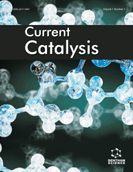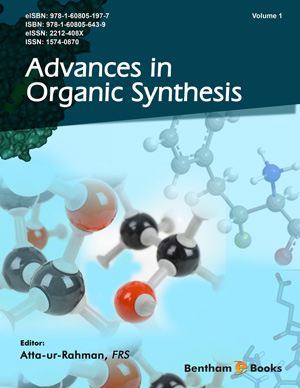Abstract
Most proteins fold into their native structure through defined pathways which involve a limited number of transient intermediates. Intermediates play a relevant role in the folding process; many diseases of genetic nature are in fact coupled with protein misfolding, which favours formation of stable inactive intermediate species of a protein. This review describes a number of diseases originated from protein misfolding and briefly discusses the mechanism(s) responsible, at molecular level, for these pathologies. It is also envisaged the native ⇄ molten globule transition since sometimes the conversion of the native form into a compact intermediate state permits a protein to carry out distinct physiological functions inside the cell. A non-native compact form of cyt c, for example, is involved in the programmed cell death (apoptosis) after that the protein is released from the mitochondrion; in addition, non-native forms of the protein are involved in some of the disorders attributed to amyloid formation.
Keywords: Alzheimer’s disease, amyloid fibrils, apoptosis, conformational diseases, cystic fibrosis, cytochrome c, energy landscapes, folding pathways, intermediate states, Levinthal paradox, misfolding, molten globule, neurodegenerative diseases, phospholipids, protein folding.






















